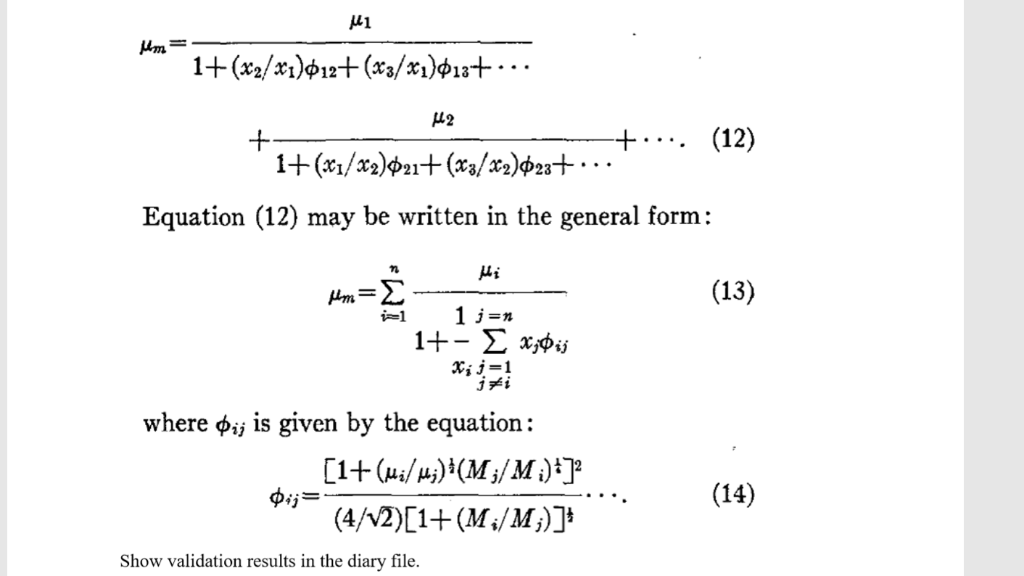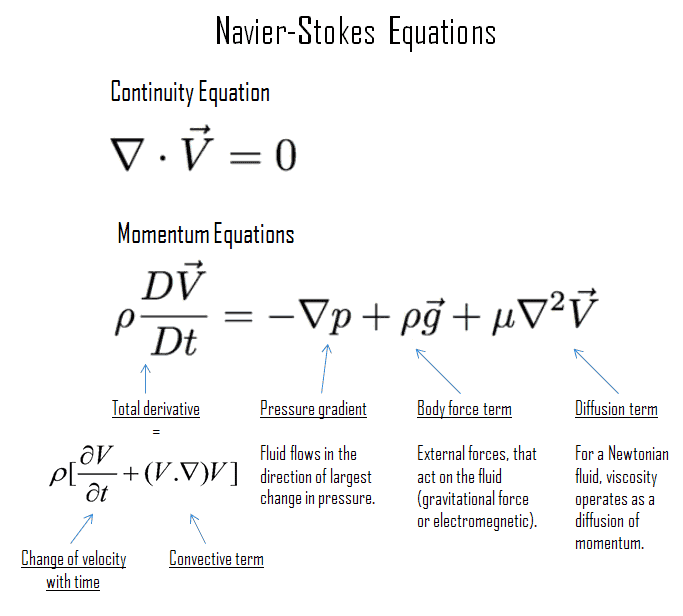


This decrease in radius is surprisingly small for this situation. The greater the pressure differential between two points, the greater the flow rate. Flow rate Q is in the direction from high to low pressure. In fact, there is a very simple relationship between horizontal flow and pressure. What causes flow? The answer, not surprisingly, is pressure difference. Laminar Flow Confined to Tubes-Poiseuille’s Law Coefficients of Viscosity of Various Fluids Fluid (When used over the long term in low doses, aspirin can help prevent heart attacks, and reduce the risk of blood clotting.) Table 1. The viscosity of blood can be reduced by aspirin consumption, allowing it to flow more easily around the body. As you might expect, the viscosities of gases are much less than those of liquids, and these viscosities are often temperature dependent. Viscosity varies from one fluid to another by several orders of magnitude. Table 1 lists the coefficients of viscosity for various fluids. The SI unit of viscosity is N⋅m/ = (N/m 2)s or Pa⋅s. Which defines viscosity in terms of how it is measured. Which gives us a working definition of fluid viscosity η. These dependencies are combined into the equation The greater the viscosity, the greater the force required. Fourth, F is directly proportional to the coefficient of viscosity, η. This relationship is also reasonable L is like a lever arm, and the greater the lever arm, the less force that is needed. Third, F is inversely proportional to the distance between the plates L. This relationship seems reasonable, since A is directly proportional to the amount of fluid being moved. Second, F is proportional to the area A of the plate.

First, F is directly proportional to v (until the speed is so high that turbulence occurs-then a much larger force is needed, and it has a more complicated dependence on v). When the top plate is pushed to the right, it drags the fluid along with it.Ī force F is required to keep the top plate in Figure 3 moving at a constant velocity v, and experiments have shown that this force depends on four factors. The graphic shows laminar flow of fluid between two plates of area A. We shall concentrate on laminar flow for the remainder of this section, leaving certain aspects of turbulence for later sections.įigure 3. The drag both between adjacent layers of fluid and between the fluid and its surroundings forms swirls and eddies, if the speed is great enough. First, any obstruction or sharp corner, such as in a faucet, creates turbulence by imparting velocities perpendicular to the flow. Streamlines are smooth and continuous when flow is laminar, but break up and mix when flow is turbulent. The lines that are shown in many illustrations are the paths followed by small volumes of fluids. When there is turbulence, the layers mix, and there are significant velocities in directions other than the overall direction of flow. Layers flow without mixing when flow is laminar. (credit: Creativity103)įigure 2 shows schematically how laminar and turbulent flow differ. If you watch the smoke (being careful not to breathe on it), you will notice that it rises more rapidly when flowing smoothly than after it becomes turbulent, implying that turbulence poses more resistance to flow. The smooth flow is called laminar flow, whereas the swirls and eddies typify turbulent flow. Smoke rises smoothly for a while and then begins to form swirls and eddies.


 0 kommentar(er)
0 kommentar(er)
